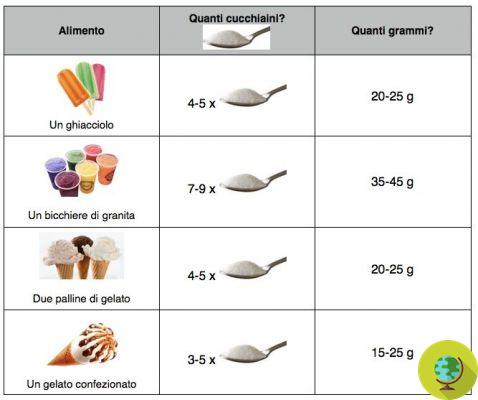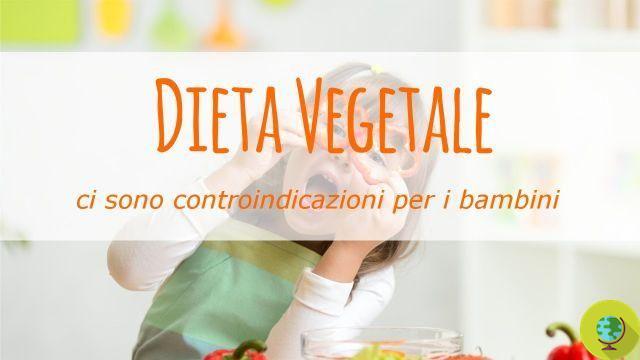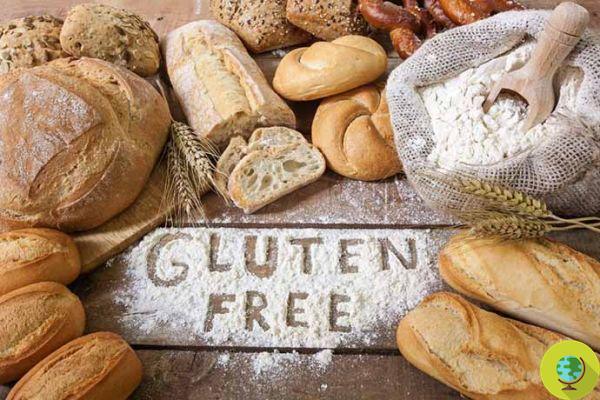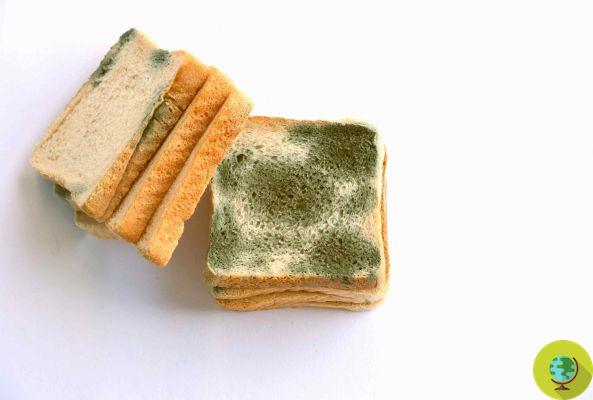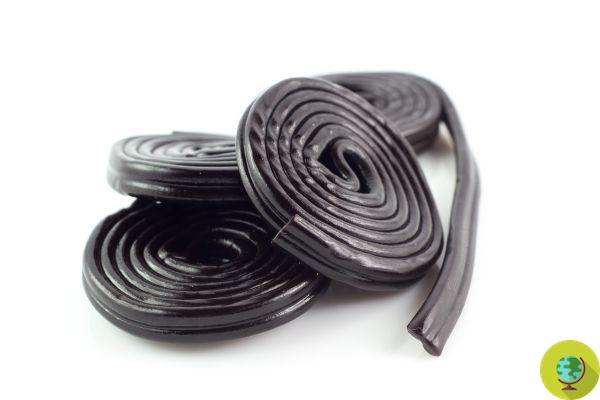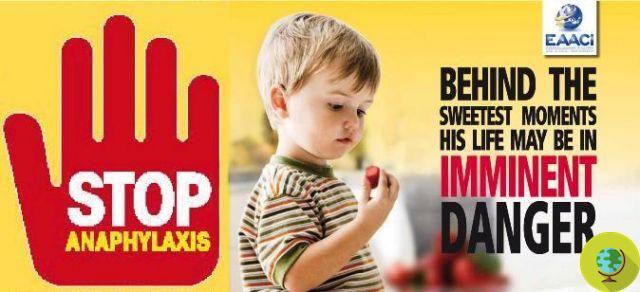
Food allergies, the first guidelines. Food allergies affect 1 in 4 school-aged children and affect 17 million people in Europe. Until now, there was no official document that dictates the guidelines in this regard, with practical and concrete indications aimed at doctors, patients, parents, canteen and restaurant managers, as well as the food industry and health authorities.
Don't store avocado like this: it's dangerous
Le food allergy they strike 1 in 4 children in school age and interest 17 million people in Europe. Up to now there was no official document dictating the guidelines in this regard, with practical and concrete indications aimed at doctors, patients, parents, managers of canteens and restaurants, as well as the food industry and health authorities.
The first European guidelines on food allergies were developed by theEuropean Academy of Allergy and Clinical Immunology (EEAACI) and will be presented today, Tuesday 25 June at 10.30, on the occasion of a press conference by the professor Antonella Muraro, Secretary General of EEAACI.
The guidelines place a strong emphasis on the risks of food contamination by allergens. The food preparation industry has made significant efforts to improve the safety offered to allergic consumers. Since most of the foods that can trigger allergic reactions have a high nutritional value and are part of our diet, it would be neither practical nor desirable to eliminate them from every food preparation. These products are ubiquitous in food production lines. Risk management in food production therefore consists in identifying these elements and their production in isolated environments from other plants.
The most serious allergic reaction is given byanaphylaxis. According to the guidelines, there are still many gaps in the scientific evidence in this regard. The first choice treatment is given byintramuscular injection of adrenaline, but before discharging the patient it is necessary to evaluate the risk of further reactions and define a management plan that indicates what to do in case of emergency. You may need to prescribe a adrenaline auto-injector. Patients must receive precise indications on the use of the same.
With regard to the prevention of food allergies, according to experts, specific practical advice should be offered to families, particularly in the case of children at high risk of developing allergic conditions. The guidelines include the following advice, aimed at mothers, for the prevention of food allergies in children:
1) In the pregnancy and during thenursing mothers can follow a normal and healthy diet.
2) It is recommended theexclusive breastfeeding for the first 4-6 months of the baby's life.
3) Where this is not possible, especially for children at high risk of developing allergies, a hypoallergenic infant formula with a documented preventive effect.
4) Once weaning has begun after the 4th month of life, scientific evidence they do not justify the elimination of food which can cause allergies, not even in the case of children with parents or siblings with atopic dermatitis.
As for the scientific evidence relating to food allergies, there are currently still shortcomings. It therefore appears to the experts that it is even more necessary to organize themselves in view of greater certainties for the future. For example, it is expected that in the coming years theimmunotherapy will become part of normal food allergy treatments. Finally, the guidelines remind you that:
1) Thepatient education, families, health professionals and doctors is a key aspect in the management of food allergies.
2) It is necessary develop networks between centers of excellence, specialists and general practitioners as well as partnerships with patient organizations.
3) At the political level it is necessary to foresee the reimbursement on the part of public and private health systems both of diagnostic procedures and of food allergy management strategies and of educational interventions.
Marta Albè
Photo source: foodallergyaustin.com






